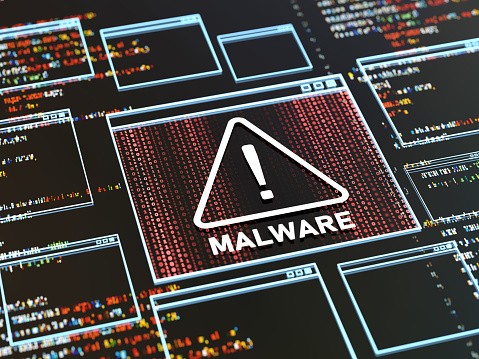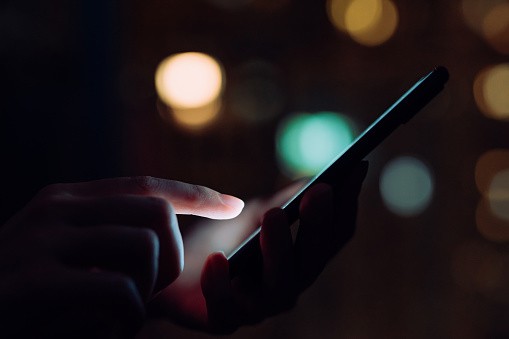Gone are the days when people can say that any Apple device, like an iPhone or an iPad, cannot get a virus.
Yes, that used to be a thing. But not anymore.
In this guide, you will learn how to remove a virus from an iPhone or iPad so it's safe to use again.

But first off, you have to know to tell or check if the device actually has a virus. According to Avast, multiple signs could point to the presence of malware, so it's not one-size-fits-all.
Here are a few common signs you must be wary of:
Apps crashing out of the blue: even simple operations such as launching an app or freezing could be good indicators of a malware.
Unfamiliar apps: look at your apps and try to see if you actually remember downloading or installing them.
Safari is suffering from pop-ups: Safari should never have problems with pop-ups unless a sketchy site manages to sneak a virus into your device .
Unexplained charges on your financial accounts: This is perhaps the scariest one on this list, because it means somebody can literally drain your bank account from under your nose.
Battery seems to drain too quickly: Any type of virus needs a lot of processing power. Older Apple iPhones such as the 12 and 11 are quite vulnerable to this, so be sure to scan them every chance you get.
Unusually high data usage: Specific types of malware require them to send and/or receive tons of data from your device. Take a close look at your phone bill because sometimes, you might not even know that this is happening.
The phone is running too hot: A virus, due to how much processing power it consumes, will make the device work harder than it should. Therefore, it will run hotter.
Another thing which could theoretically make a device vulnerable to a virus is jailbreaking.
There are so many reasons why it's never safe to jailbreak an iPhone or iPad. If your device is jailbroken and it's suffering from one or all of the problems listed above, it could be suffering from a virus.
Read also: Apple Zero-Day: Update Your iPhone, iPad, Mac, and MORE with the Emergency Patch Immediately
Virus Removal Method 1: Restarting
One of the easiest (and frankly the most memed) things you can do to get rid of a virus is to turn the iPhone or iPad on and off again.
To do this, hold down the power button until the "slide to power off" option appears on the screen.
On a newer iPhone that doesn't have a Home button (i.e. iPhone 12 Pro) you can do this by holding the Power and Volume Down buttons at the same time.
At most, this process will only take four to five seconds, according to MacWorld UK.

To fully restart the device, hold the Power Button again, and this time it will last a bit longer (roughly 10 seconds). Once the Apple logo appears, you can release the button.
Enter the device's passcode when prompted (TouchID or FaceID won't work during a restart). Then, you can go on to test the device and see if the performance has improved. If not, you can move on to the next method.
Virus Removal Method 2: Clearing Browsing Data
There's a good chance that the virus your iPhone and iPad got was from the internet. After all, unknowingly clicking on a bad link is the oldest hacking trick in the book, as per HelloTech.
Clearing your Apple device's browsing data could help.
You can do this by going to Settings > Safari > Clear History and Website Data, then tapping on the "Clear History and Data" prompt when it pops up.

If for some reason you use a different browser, such as Chrome, clear the data by launching the app. There, you'll see three dots on the bottom right corner. Then, go to Settings > Privacy > Clear Browsing Data. Just make sure that Site Data and Cookies are selected.
Virus Removal Method 3: Hard Reset/Factory Reset
If the device's performance still hasn't improved, it's time to do a hard reset/factory reset. Do this by going to General > Reset > Erase All Content and Settings.
But before you do this, it helps to have all of your important data backed up.
Related: Apple's Study Claims Malicious Apps Infect Android 15x Compared To iPhone: Is iOS Really Secured?
This article is owned by Tech Times
Written by RJ Pierce




